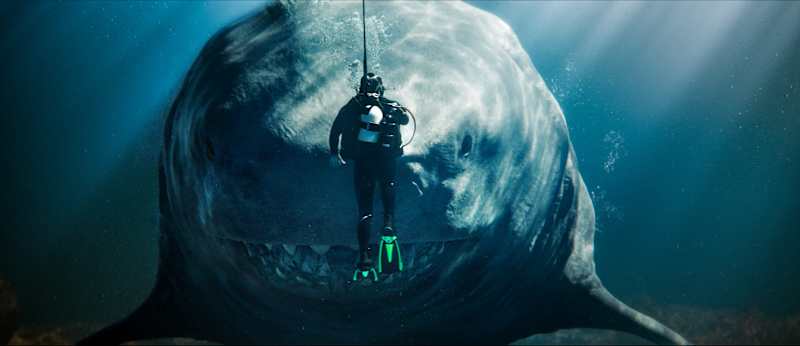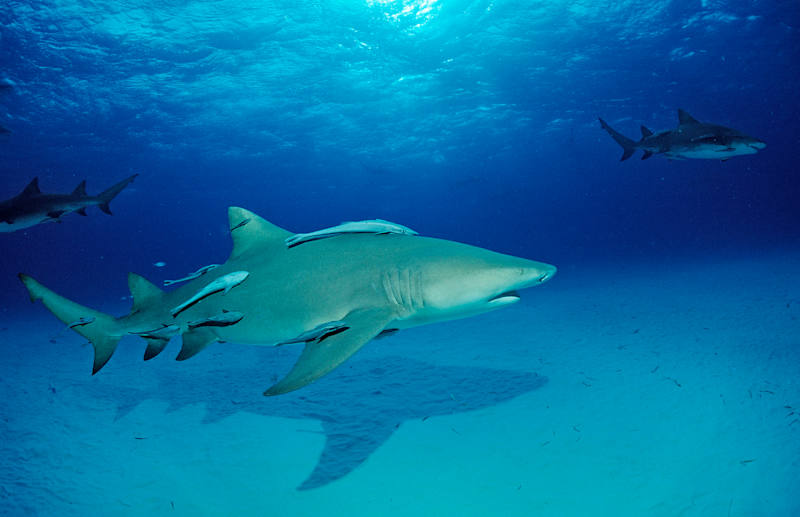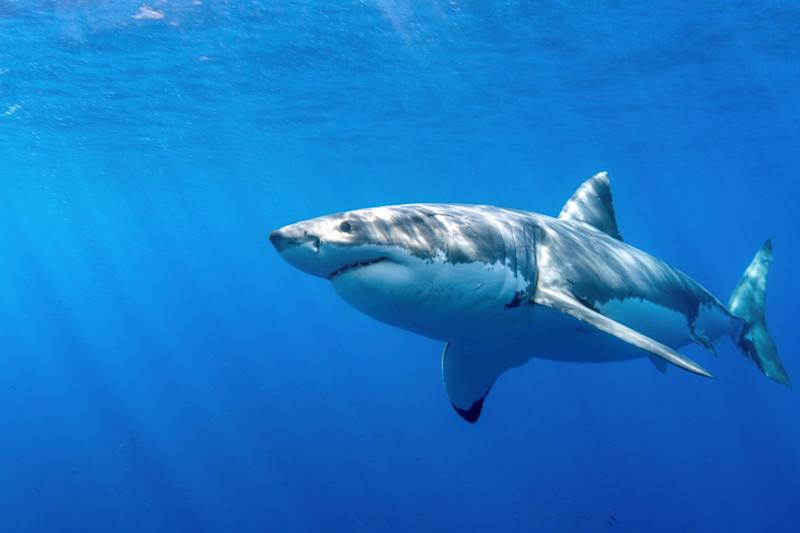Study: the Megalodon may not have looked like a great white shark after all

Scientists believe the species looked more like a lemon shark than a great white shark.
According to a recent study, the sudden appearance of a giant shark in dark water, resembling a great white shark on steroids, is not the truest picture of a megalodon.
Megalodon, more commonly known as Meg and more specifically as *Otodus megalodon*, is a prehistoric shark species whose exact appearance is unknown due to the lack of a complete fossil. The species lived between 23 and 3.6 million years ago.
The size and appearance of the megalodon has previously been estimated by comparing the teeth found with those of extant sharks. Both great whites and megalodons have a certain type of dentition in their mouthparts, which has led to the belief that megalodons resemble great whites. This view has also been echoed in popular culture.
This time, however, the researchers compared Megalodon’s spine to the spine of 165 surviving and extinct halaj.
Based on the results, researchers believe the species has looked like a white shark rather than white hazards. The spine of citric saw and megalodon was almost the same in relation to the size difference between the species.

The muzzle of the citric saw in the tribe of the tiger sharks is shorter and dull than white sharks. They are also louder than white sharks.

Megalodon could grow up to 24 metres
The researchers wanted to find out how Megalodon’s head and tail proportional to the size of the spine itself.
They used a fossilized Megalodon spine, about 11 meters long. With the help of spine and comparison, researchers estimate that Megalodon individual’s tail approximately 3.5 meters. The skull, on the other hand, was about two meters.
However, Megalododon could grow up to about 24 meters, as the 11 -meter spine used by the researchers is not the longest that has been found. Smaller individuals could grow to about 16 meters.

The weight of the largest Megalodon individuals estimated about 94 tonnes, while smaller individuals weighed about 30 tonnes.
However, the title of the heaviest animal belongs to the blue whale. The largest individuals in the species can weigh up to about 200 tonnes.
Today, the biggest living shark is the whale saw, which can grow to up to 18 meters. Most whales are about 12 meters long and weigh about 15 tons.
Researchers believe that Megalododon swam steadily at about 2-3.5 kilometers per hour, but was also able to catch up with fast and sudden movements. So it didn’t move faster than the white shark.

The top speed of the giant shark in a recent study was not speculated. According to one earlier estimate, Megalodon could move at its fastest at about 21 kilometers per hour. Researchers find it unlikely that Megalodon would have been as fast at top speed as a white shark.
In addition to the appearance of Megalodon, the study provides an indication of how species can grow into gigantic size.
According to the study, it is the animal structure of the animal that determines how large it can grow. Sollakka and the body less consumed, as probably Megalodon has had a larger size in the water.
Instead, if the animal has a rimmer structure, it consumes more energy when moving in the water due to the resistance of the water. For example, a raw white shark may grow up to 7 meters, but when the size of a megalodon would use too much energy to move, let alone prey.
